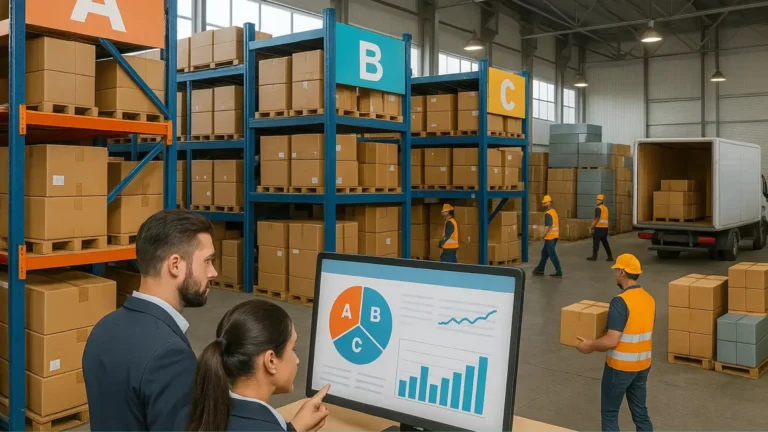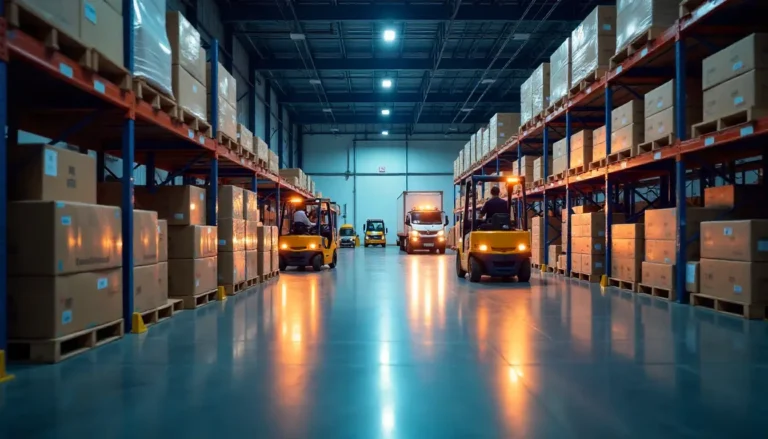Site Suitability Analysis: Soil, Topography, and Utility Considerations

Site Suitability Analysis
The future success of any real estate development is written into the land itself. Before the design stage, before financing, before permits, site suitability defines whether a project will thrive or struggle. CEOs and top-level managers know that a single overlooked factor can turn a high-potential investment into a costly liability. The question is: are you evaluating soil, topography, and utilities with the rigour they demand, or leaving millions at risk?
Leading real estate Feasibility Software, such as Feasibility.pro, has helped executives navigate these challenges, providing actionable insights that transform feasibility analysis into confident decision-making.
How Critical Is Soil Analysis to Project Viability?
Soil isn’t just dirt—it’s the foundation of structural stability and cost certainty. Weak soils, poor drainage, or contamination don’t just delay timelines; they can derail entire business cases.
Executives must demand reports that answer:
- Load-Bearing Capacity – Can the soil support the structural loads, or will it require deep foundations and expensive reinforcements?
- Drainage and Permeability – Will stormwater be absorbed, redirected, or left pooling at the foundation?
- Soil Chemistry and Contamination – Polluted soil can stall regulatory approvals, inflate remediation costs, and reduce site value.
The consequence of neglect: unexpected remediation bills, redesigns, and investor scepticism. The solution? Treat soil testing as a front-loaded investment that safeguards both timelines and capital.
What Role Does Topography Play in Long-Term Value?
Topography is more than elevation lines on a survey—it dictates construction cost, resilience, and usability. A site’s slope, gradient, and drainage patterns will influence every stage of development.
Key considerations for decision-makers include:
- Slope Stability – Building on steep or unstable terrain increases foundation costs and heightens safety risks.
- Natural Drainage – Poor grading leads to flooding, erosion, and expensive stormwater management systems.
- Accessibility and Infrastructure Costs – Steeper sites often demand major earthworks, retaining walls, and higher utility extension costs.
The consequence of neglect: inflated grading budgets, regulatory setbacks, and reduced long-term site usability. The solution? Select sites where natural topography supports, rather than resists, the development vision.
Advanced feasibility platforms like Feasibility.pro enable scenario modelling for utility accessibility, helping executives make data-driven decisions that mitigate risk and cost overruns
Are Utilities a Dealbreaker in Site Selection?
Even the most strategically located land is worthless without utilities. Water, power, sewer, and digital connectivity are not “nice-to-have”—they are the lifelines of modern developments.
Executives should press for clarity on:
- Water and Sewer Access – Extending municipal lines can wipe out ROI. Private solutions, like wells or septic systems, may raise compliance hurdles.
- Electricity and Gas Availability – Without firm commitments from utility providers, occupancy delays become inevitable.
- Telecommunications – Today’s tenants, from office users to homeowners, demand high-speed connectivity. A site without it is already obsolete.
The consequence of neglect: delayed occupancy, spiraling operating costs, and diminished tenant demand. The solution? Conduct early utility feasibility studies and negotiate service commitments before acquisition.
The Bottom Line
Site suitability analysis isn’t a technical formality—it’s the CEO’s insurance policy. Soil dictates strength, topography determines resilience, and utilities secure functionality. Overlook these, and a project risks failure before it breaks ground.
The real question for executives isn’t can we build here? It’s: should we build here—and will this site accelerate success or silently undermine it?






